ONLY YOUR RELIGION IS RIGHT

THERE IS ALMOST FIVE THOUSAND GODS BEING WORSHIPPED BY HUMANITY, HOWEVER ONLY YOUR RELIGION IS RIGHT? NOT NECESSARILY SO!
Satan is a fallen angel in Abrahamic (Jewish/Christian/Islamic) religious mythology. Paganism was originally a fourth century word for those practicing any religion other than judaism, and is today used generically to refer to adherents to any religion aside from the world’s major religions and certain pseudo-Roman revivalist pagan beliefs that more directly stem from European occultism, such as Wiccan, Neo-Druidism, and Theosophy.
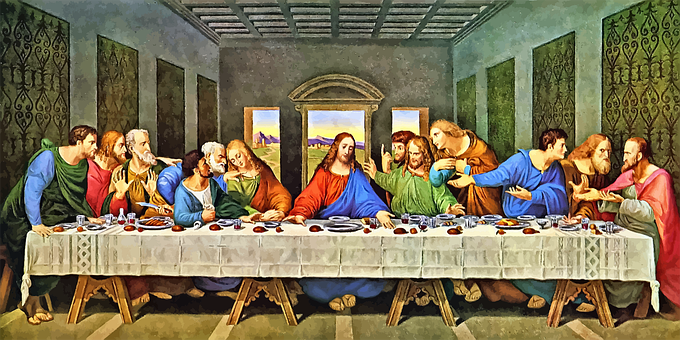
What is Paganism?
A definition of a Pagan: A follower of a polytheistic or pantheistic nature-worshipping religion.
Pagans may be trained in particular traditions or they may follow their own inspiration. Paganism is not dogmatic. Pagans pursue their own vision of the Divine as a direct and personal experience. Some authors see the emergence of Paganism in the twentieth century as a revival of an older Pagan religion and describe all other religions as Neo-Pagan.
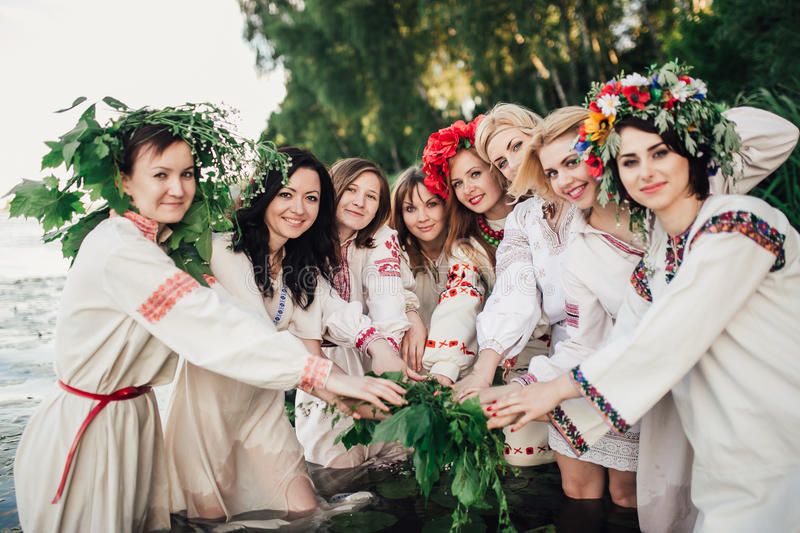
What Paganism Is? Paganism is the ancestral religion of the whole of humanity. This ancient religious outlook remains active throughout much of the world today, both in complex civilisations such as Japan and India, and in less complex tribal societies world-wide. It was the outlook of the European religions of classical antiquity – Persia, Egypt, Greece and Rome – as well as of their “barbarian” neighbours on the northern fringes, and its European form is re-emerging into explicit awareness in the modern West as the articulation of urgent contemporary religious priorities.
The Pagan outlook can be seen as threefold. Its adherents venerate Nature and worship many deities, both goddesses and gods.
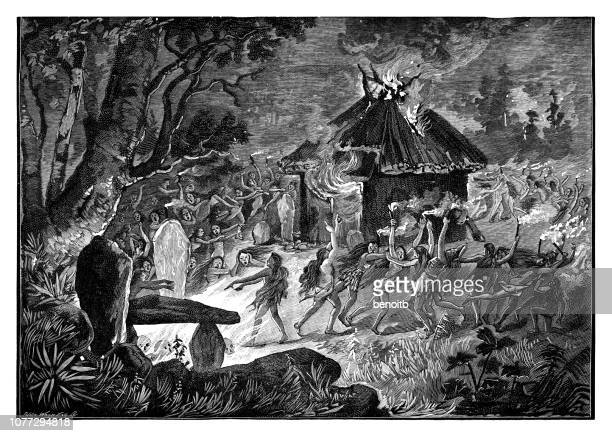
Nature – VenerationThe spirit of place is recognised in Pagan religion, whether as a personified natural feature such as a mountain, lake or spring, or as a fully articulated guardian divinity such as, for example, Athena, the goddess of Athens. The cycle of the natural year, with the different emphasis brought by its different seasons, is seen by most Pagans as a model of spiritual growth and renewal, and as a sequence marked by festivals which offer access to different divinities according to their affinity with different times of year. Many Pagans see the Earth itself as sacred: in ancient Greece the Earth was always offered the first libation of wine, although She had no priesthood and no temple.
Polytheism: Pluralism and Diversity The many deities of Paganism are a recognition of the diversity of Nature. Some Pagans see the goddesses and gods as a community of individuals much like the diverse human community in this world. Others, such as followers of Isis and Osiris from ancient times onwards, and Wiccan-based Pagans in the modern world, see all the goddesses as one Great Goddess, and all the gods as one Great God, whose harmonious interaction is the secret of the universe.
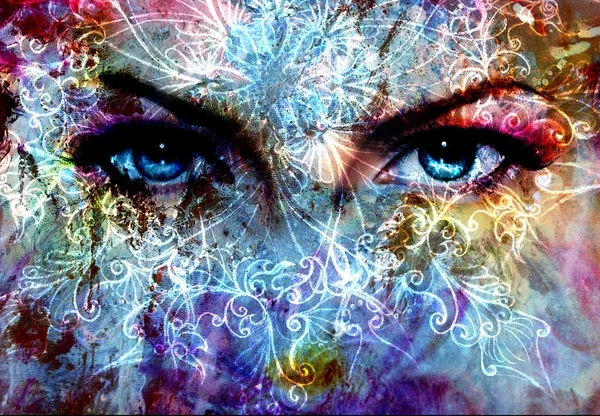
Yet others think there is a supreme divine principle, that “both wants and does not want to be called Zeus”, as Heraclitus wrote in the fifth century BC. Or which the Great Goddess Mother of All Things, as Isis, was to the first century CE novelist Apuleius and the Great Goddess is to many Western Pagans nowadays. Yet others, such as the Emperor Julian, the great restorer of Paganism in Christian antiquity, and many Hindu mystics nowadays, believe in an abstract Supreme Principle, the origin and source of all things. But even these last Pagans recognise that other spiritual beings, although perhaps one in essence with a greater being, are themselves divine, and are not false or partial divinities. Pagans who worship the One are described as henotheists, believers in a supreme divine principle, rather than monotheists, believers in one true deity beside which all other deities are false.
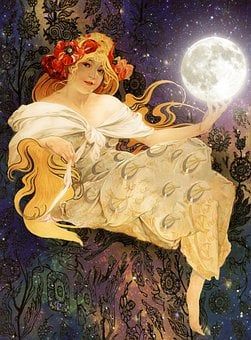
The Goddess: Pagan religions all recognise the feminine face of divinity. A religion without goddesses can hardly be classified as Pagan. Some Pagan paths, such as the cult of Odin or of Mithras, offer exclusive allegiance to one male god. But they do not deny the reality of other gods and goddesses, as monotheists do. (The word ‘cult’ has always meant the specialised veneration of one particular deity or pantheon, and has only recently been extended to mean the worship of a deified or semi-divine human leader.) By contrast, non-Pagan religions, such as Judaism, Christianity and Islam, often but not always, abhor the very idea of female divinity. The (then) Anglican Bishop of London even said a few years ago that religions with goddesses were ‘degenerate’!
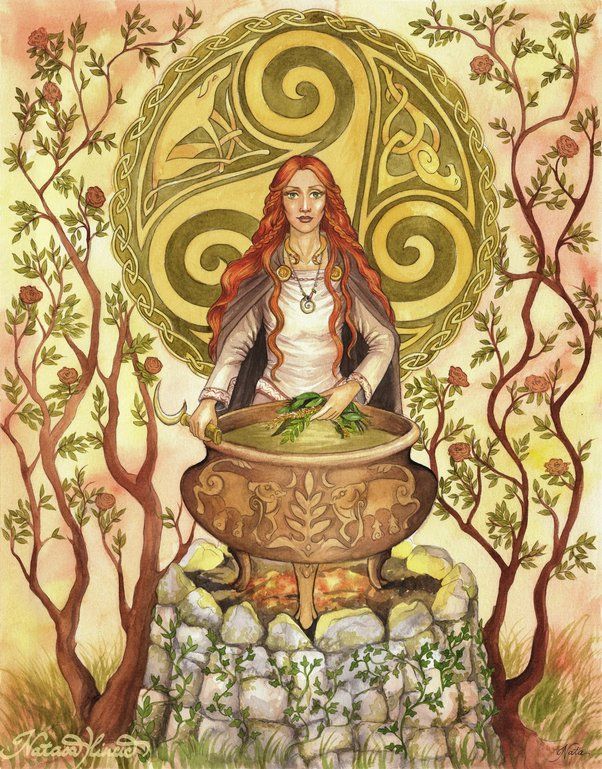
Other Characteristics The many divinities of Pagan religion often include ancestral deities. The Anglo-Saxon royal houses of England traced their ancestry back to a god, usually Woden, and the Celtic kings of Cumbria traced their descent from the god Beli and the goddess Anna. Local and national heroes and heroines may be deified, as was Julius Caesar, and in all Pagan societies the deities of the household are venerated. These may include revered ancestors and, for a while, the newly dead, who may of may not choose to leave the world of the living for good.
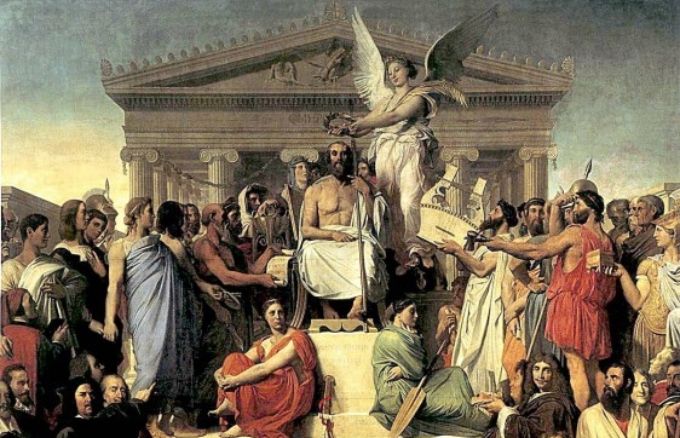
They may include local spirits of place, either as personified individuals such as the spirit of a spring or the house’s guardian toad or snake, or as group spirits such as Elves in England, the Little People in Ireland, Kobolds in Germany, Barstuccae in Lithuania, Lares and Penates in ancient Rome, and so on. A household shrine focuses the cult of these deities, and there is usually an annual ritual to honour them. The spirit of the hearth is often venerated, sometimes with a daily offering of food and drink, sometimes with an annual ritual of extinguishing and relighting the fire. Through ancestral and domestic ritual a spirit of continuity is preserved, and by the transmission of characteristics and purposes from the past, the future is assured of meaning.
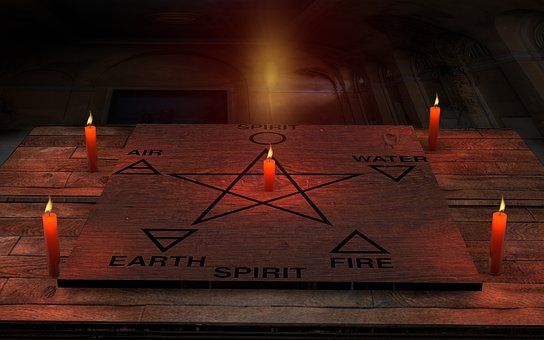
Magic, the deliberate production of results in this world by Otherworld means, is generally accepted as a feasible activity in Pagan societies, since the two worlds are thought to be in constant communication. In ancient Rome a new bride would ceremonially anoint the doorposts of her new home with wolf’s fat to keep famine from the household, and her new-born child would be given a consecrated amulet to wear as a protection against harmful spirits. The Norse warriors of the Viking age would cast the magical ‘war fetter’ upon their enemies to paralyse them, and Anglo-Saxon manuscripts record spells to bring healing and fertility. Specialist magical technologists such as horse-whisperers and healers are common throughout Pagan societies, but often the practice of magic for unfair personal gain or for harm to another is forbidden, exactly as physical extortion and assault are forbidden everywhere.
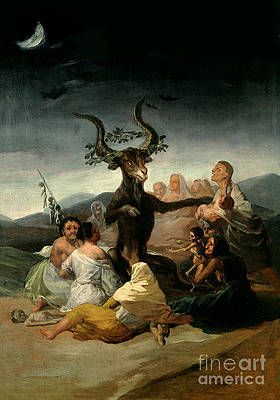
Modern Paganism With its respect for plurality, the refusal to judge other ways of life as wrong simply because they are different from one’s own, with its veneration of a natural (and supernatural) world from which Westerners in the age of technology have become increasingly isolated, and with its respect for women and the feminine principle as embodied in the many goddesses of the various pantheons, Paganism has much to offer people of European background today. Hence it is being taken up by them in large numbers. When they realise that it is in fact their ancestral heritage, its attraction grows.
To most modern Pagans in the West, the whole of life is to be affirmed joyfully and without shame, as long as other people are not harmed by one’s own tastes. Modern Pagans tend to be relaxed and at ease with themselves and others, and women in particular have a dignity which is not always found outside Pagan circles.

Modern Pagans, not tied down either by the customs of an established religion or by the dogmas of a revealed one, are often creative, playful and individualistic, affirming the importance of the individual psyche as it interfaces with a greater power. There is a respect for all of life and usually a desire to participate with rather than to dominate other beings. What playwright Eugene O’Neil called “the creative Pagan acceptance of life” is at the forefront of the modern movement. This is bringing something new to religious life and to social behaviour, a way of pluralism without fragmentation, of creativity without anarchy, of wisdom without dogma. Here is an age-old current surfacing in a new form suited to the needs of the present day.
THINGS YOU MAY NOT KNOW: Typically, pagans are polytheistic, which means they believe in multiple gods and goddesses, as opposed to Christianity, Judaism, Islam, and other monotheistic faiths that look to one supreme god only. Pagans may choose a single god or goddess to specially honor based on the traditions of their personal spiritual practice, but almost all pagans acknowledge and respect the existence of many deities.
In addition, some pagans are pantheist or animist - that is, they believe that all natural things have their own spirits or essences, from animals to rocks and trees, and even weather phenomena like thunder or rain.
THINGS YOU MY WANT TO SAVE: IMAGES OF SANTA CLAUS:Many people know that St. Nicholas is the root of Santa Claus (fair enough! We call him old St. Nick for a reason, after all). But the links go ever further than just the name. We base our image of Santa Claus on the Norse pagan god Odin. Think about it. Both are older men with his chubby cheeks and majestic white beards.
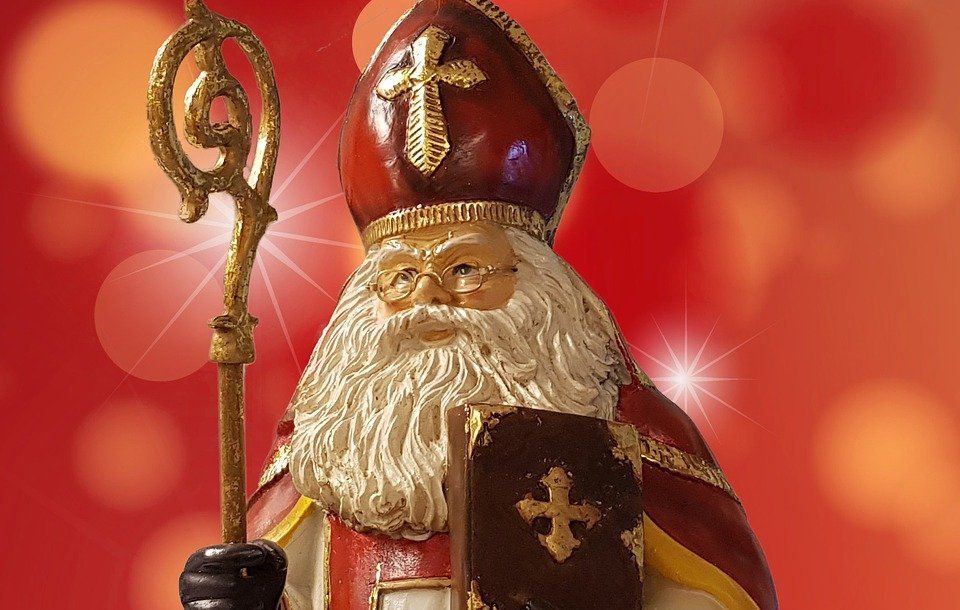
ZENTRAVELER SAYS: WHICH RELIGION IS RIGHT FOR YOU? IF YOU LIKE DIVERSITY YOU CAN EXPERIENCE ALL OF THE RELIGIONS AND CHOOSE THE ONE THAT BEST FITS YOUR IDENTITY AND PERSONALITY.
From here to Infinity is a relatively short ride! The next leg takes eons and eons as you fly through the Barycentric Dynamical Time Zone! …and on and on and on. Follow the Zentraveler Newsletter often for Travel, Health and Zen-like stories and such. Where else can you get a THREE IN ONE NEWSLETTER FOR THE PRICE OF FREE.

ZENTRAVELER IS A PERSONAL NEWSLETTER, DESIGNED TO GIVE TRAVEL, HEALTH, WRITING AND HUMOR INCLUDING HELPFUL HINTS WITH A ZEN LIKE QUALITY.
